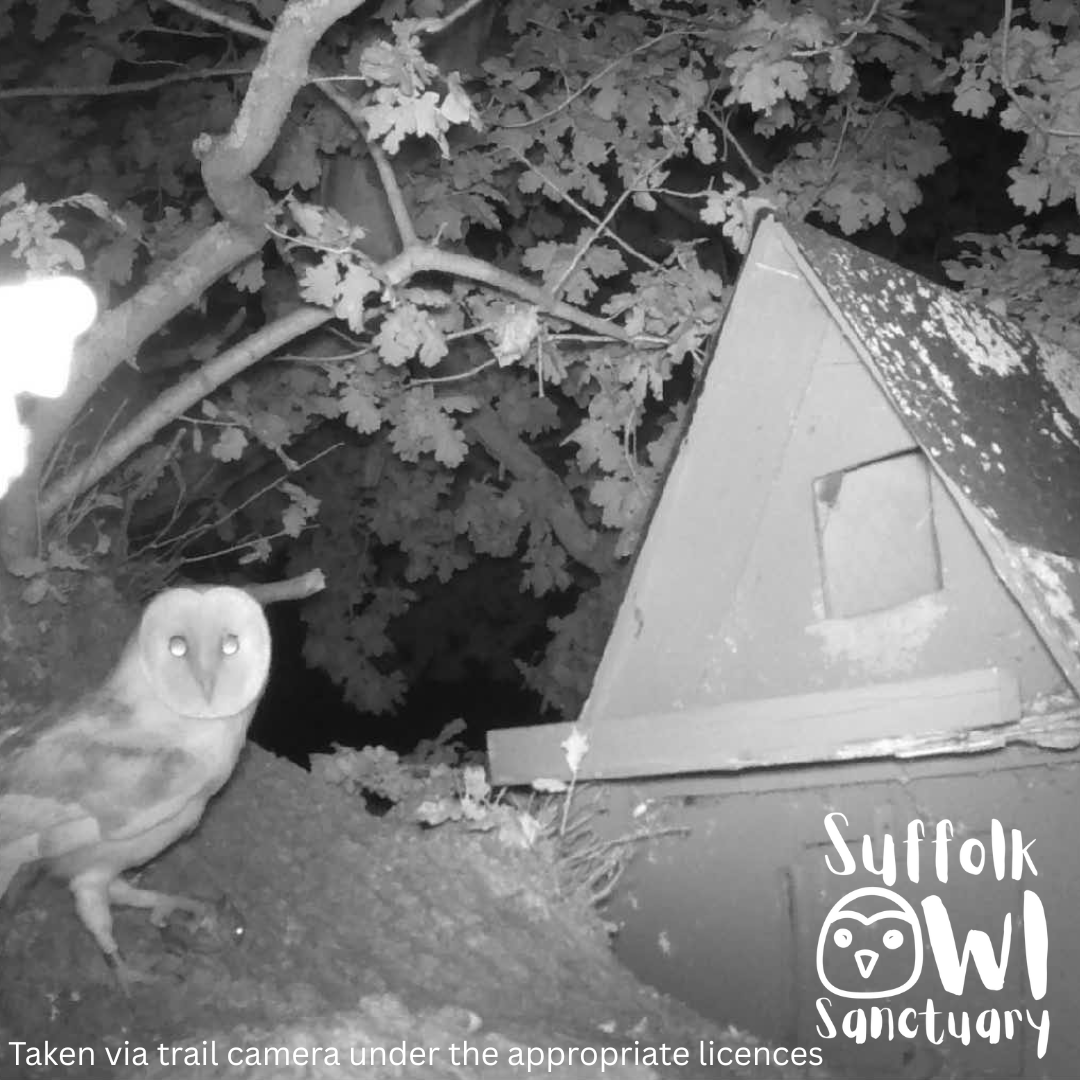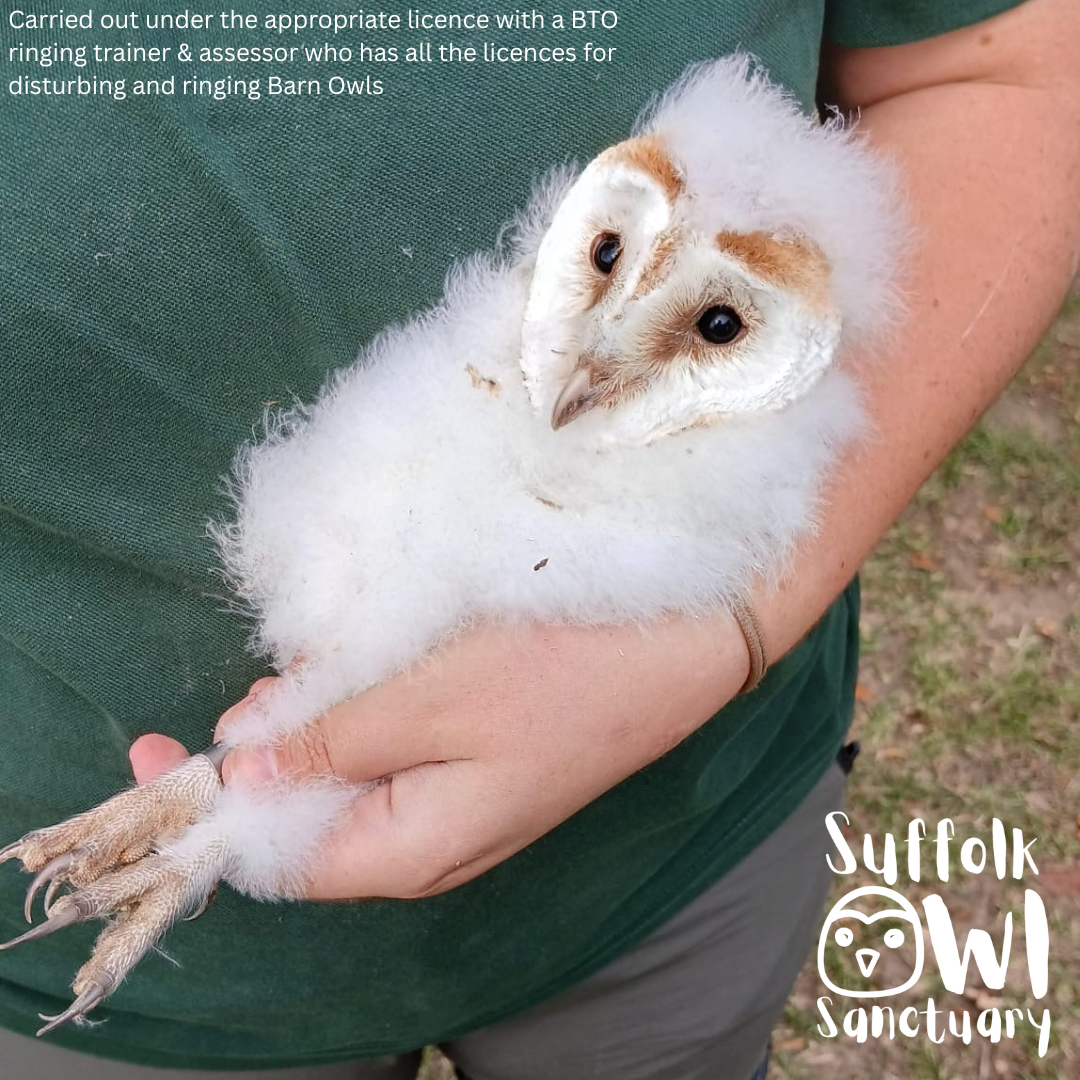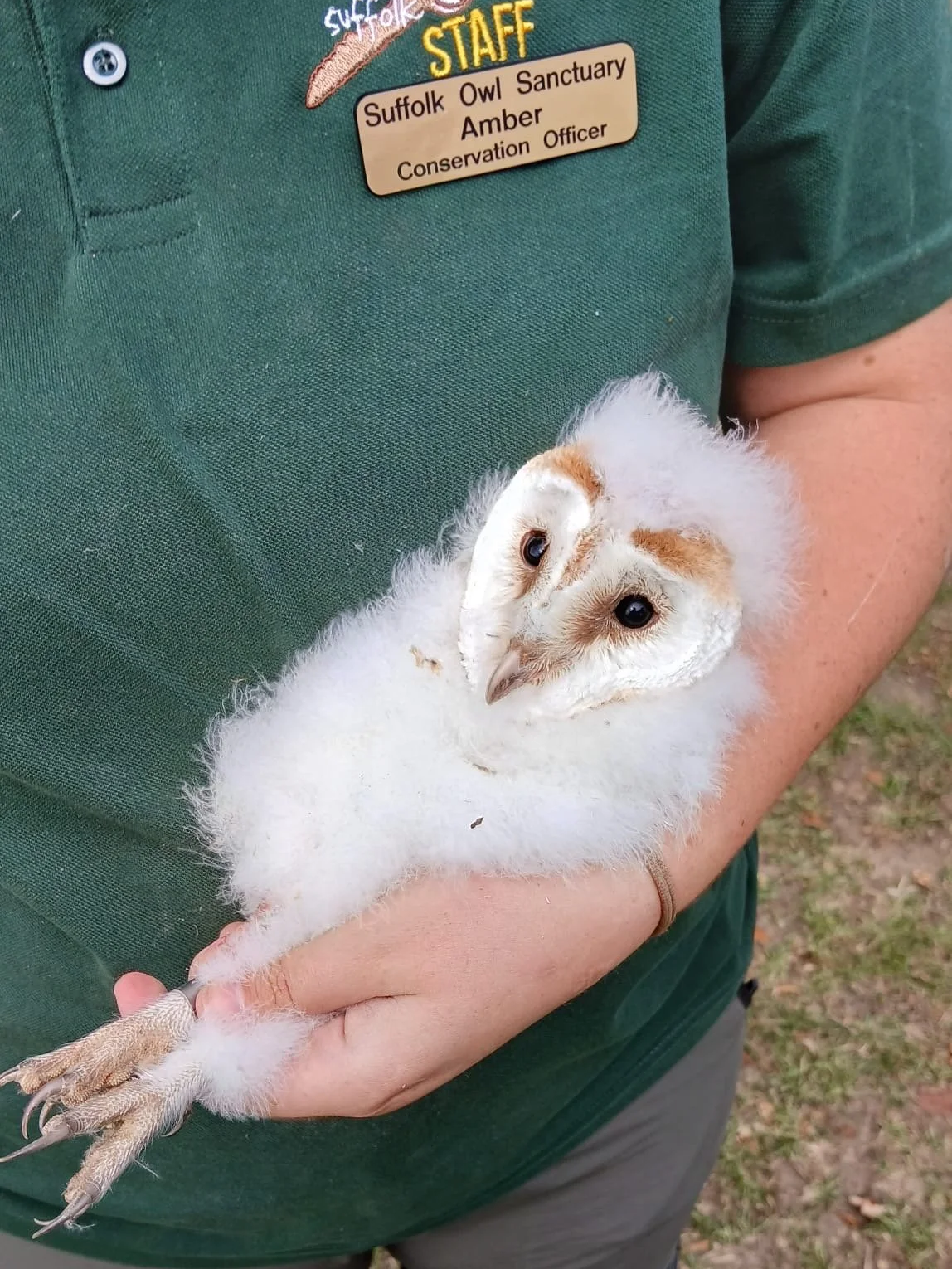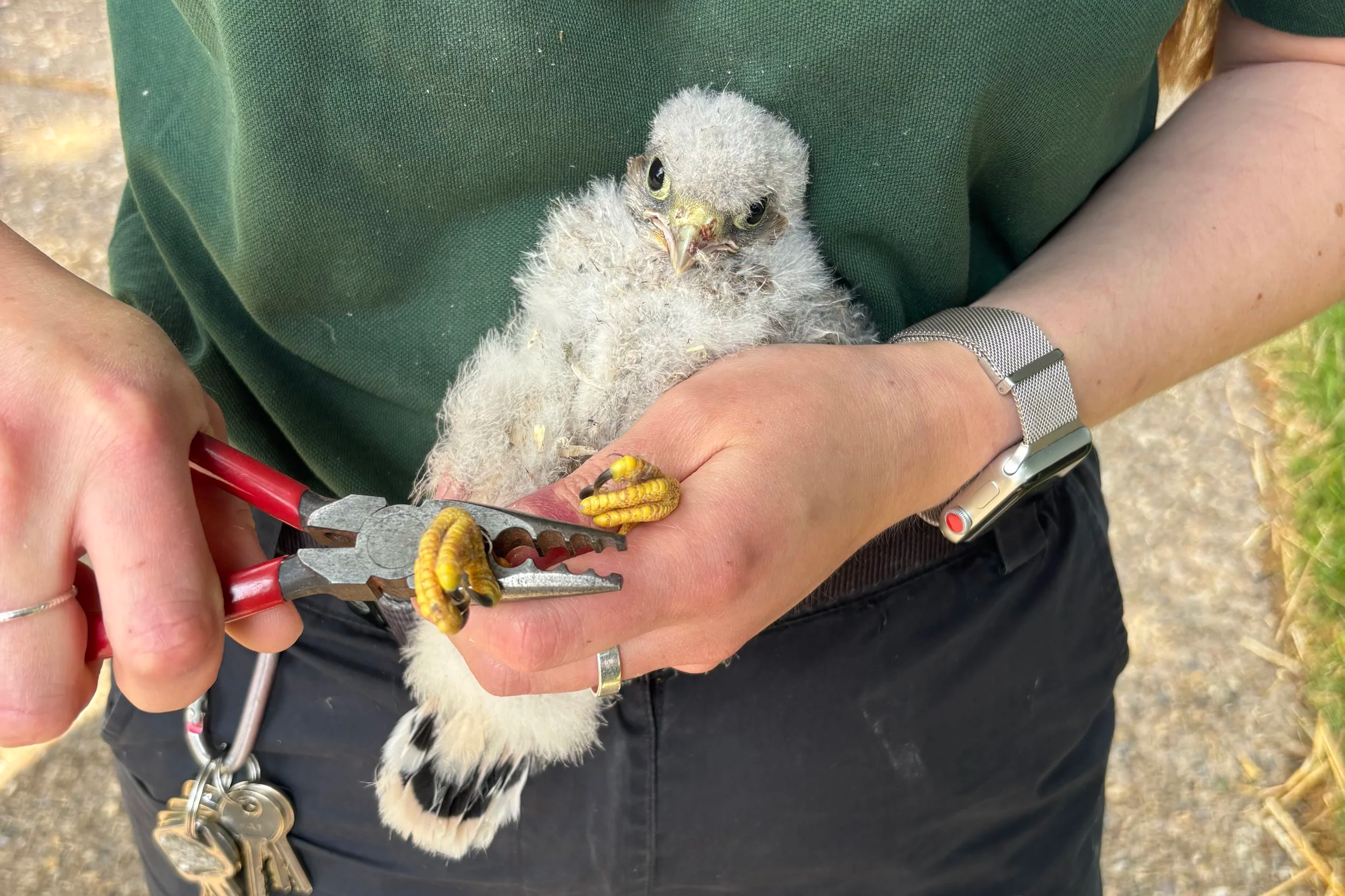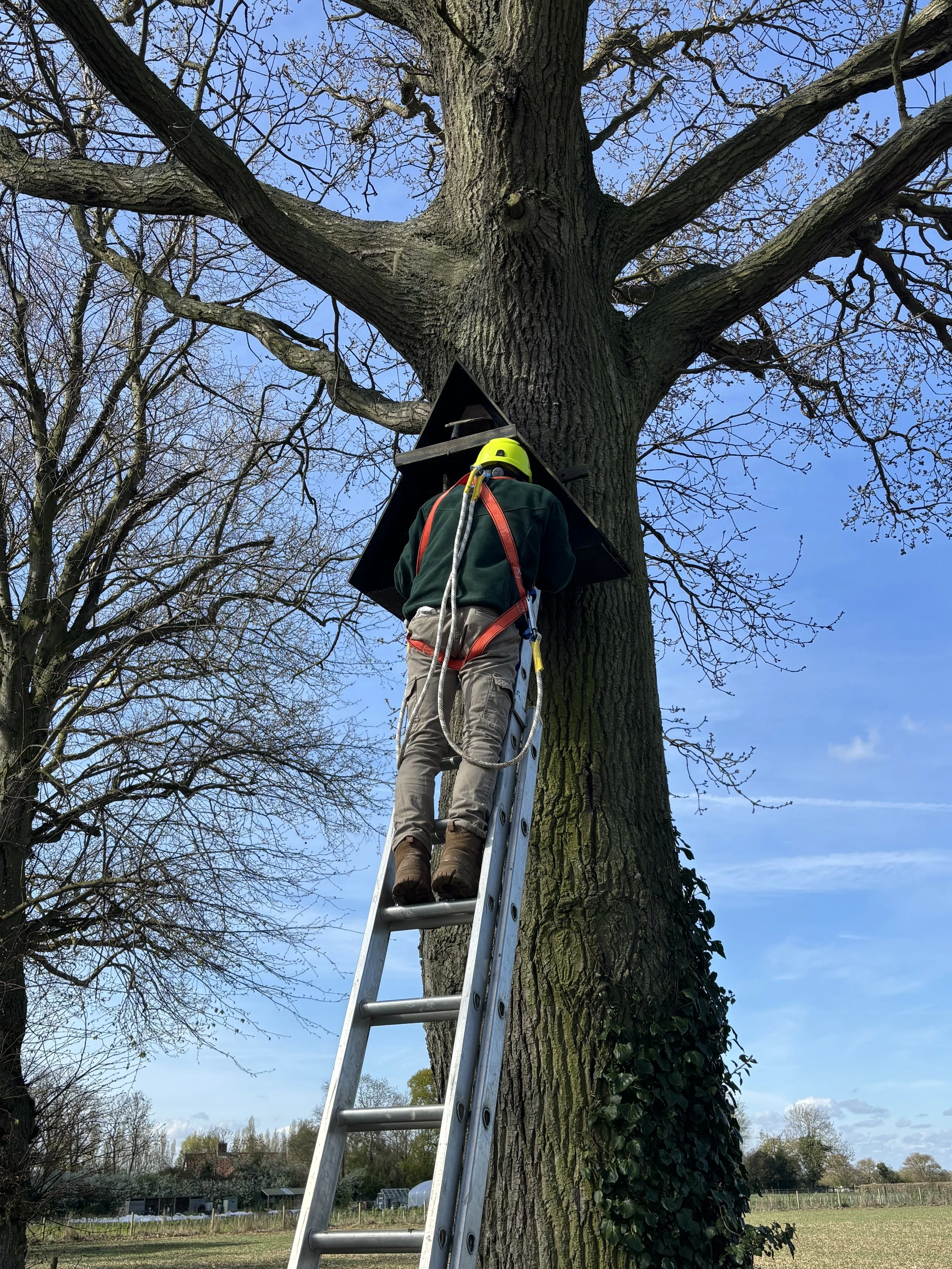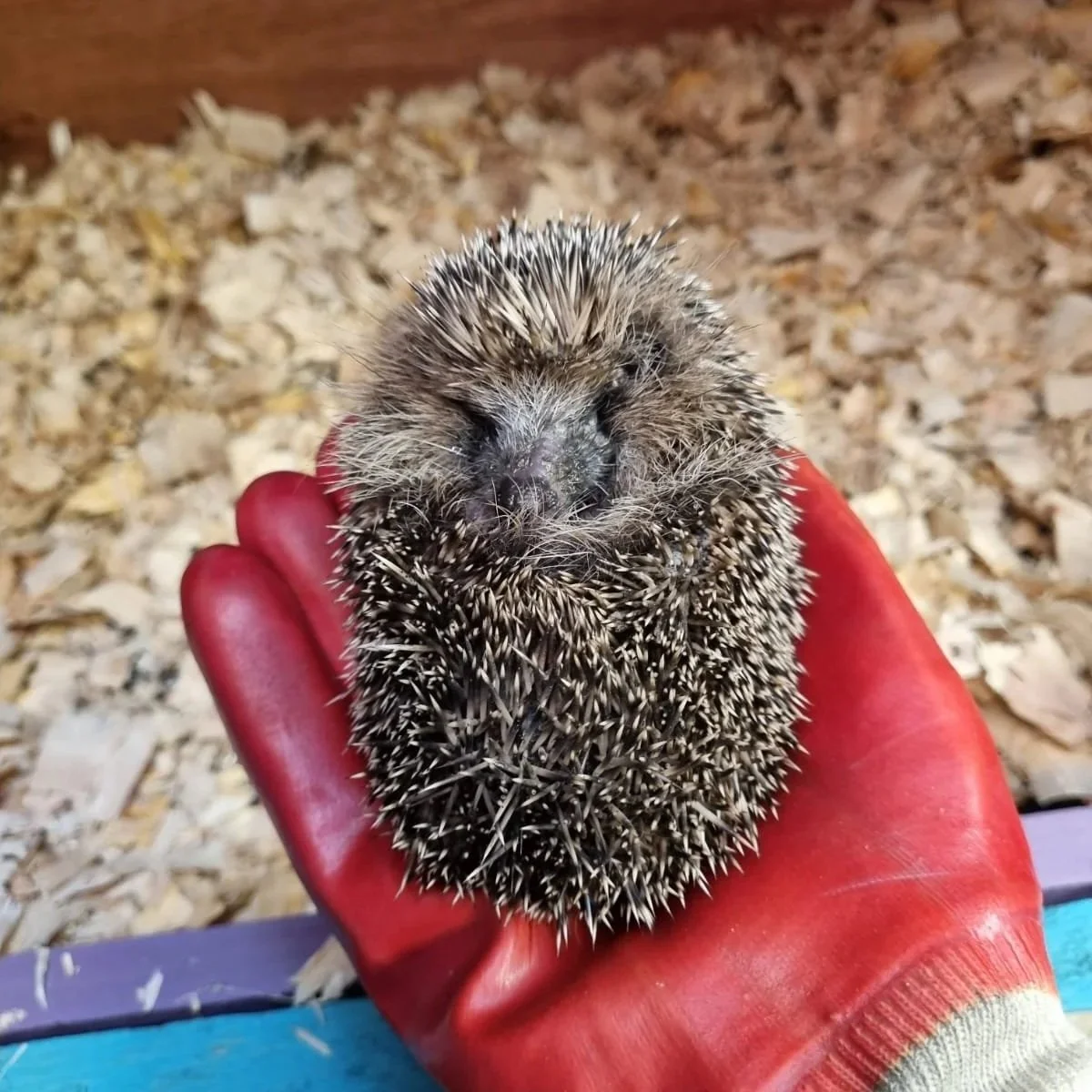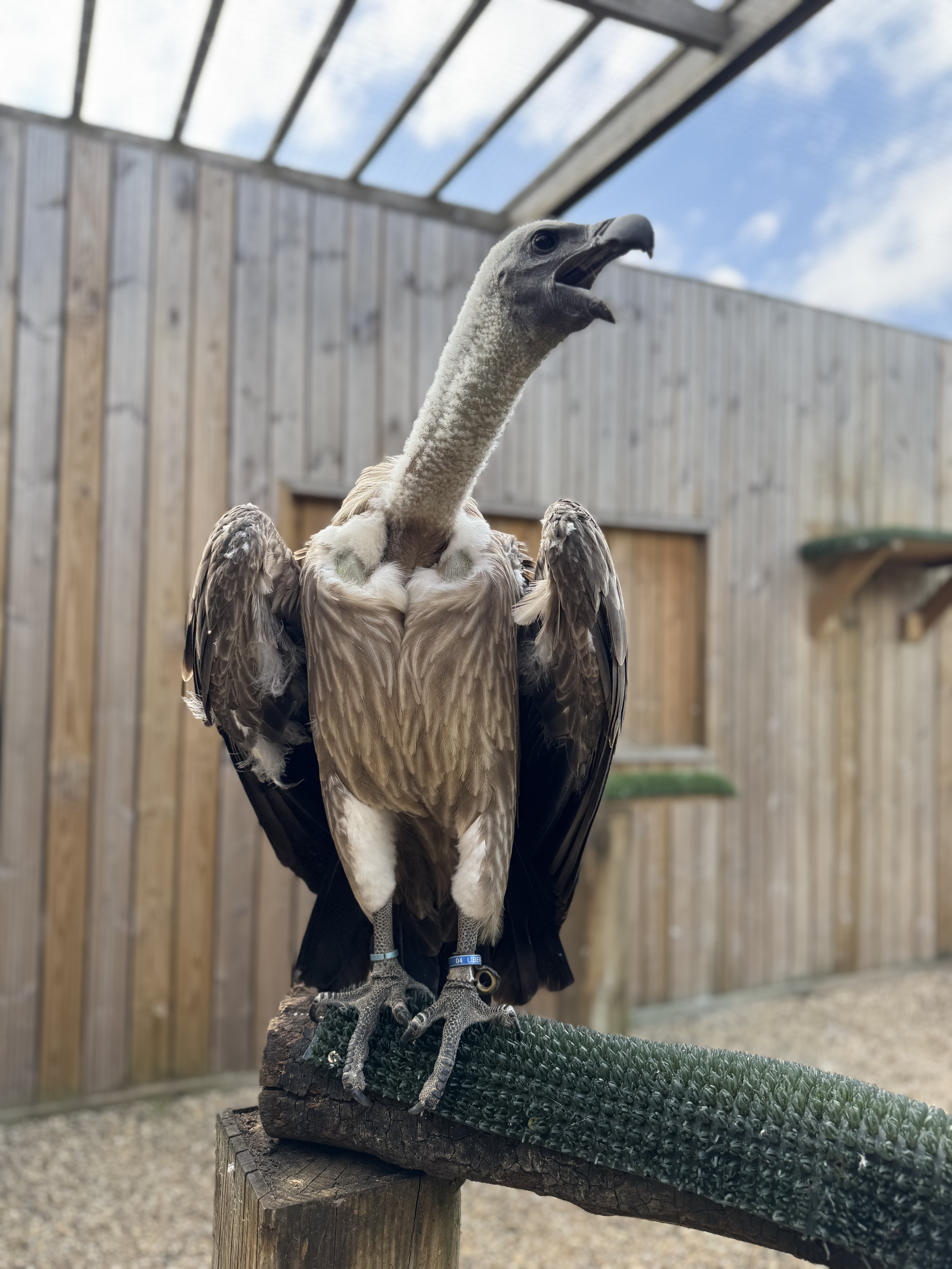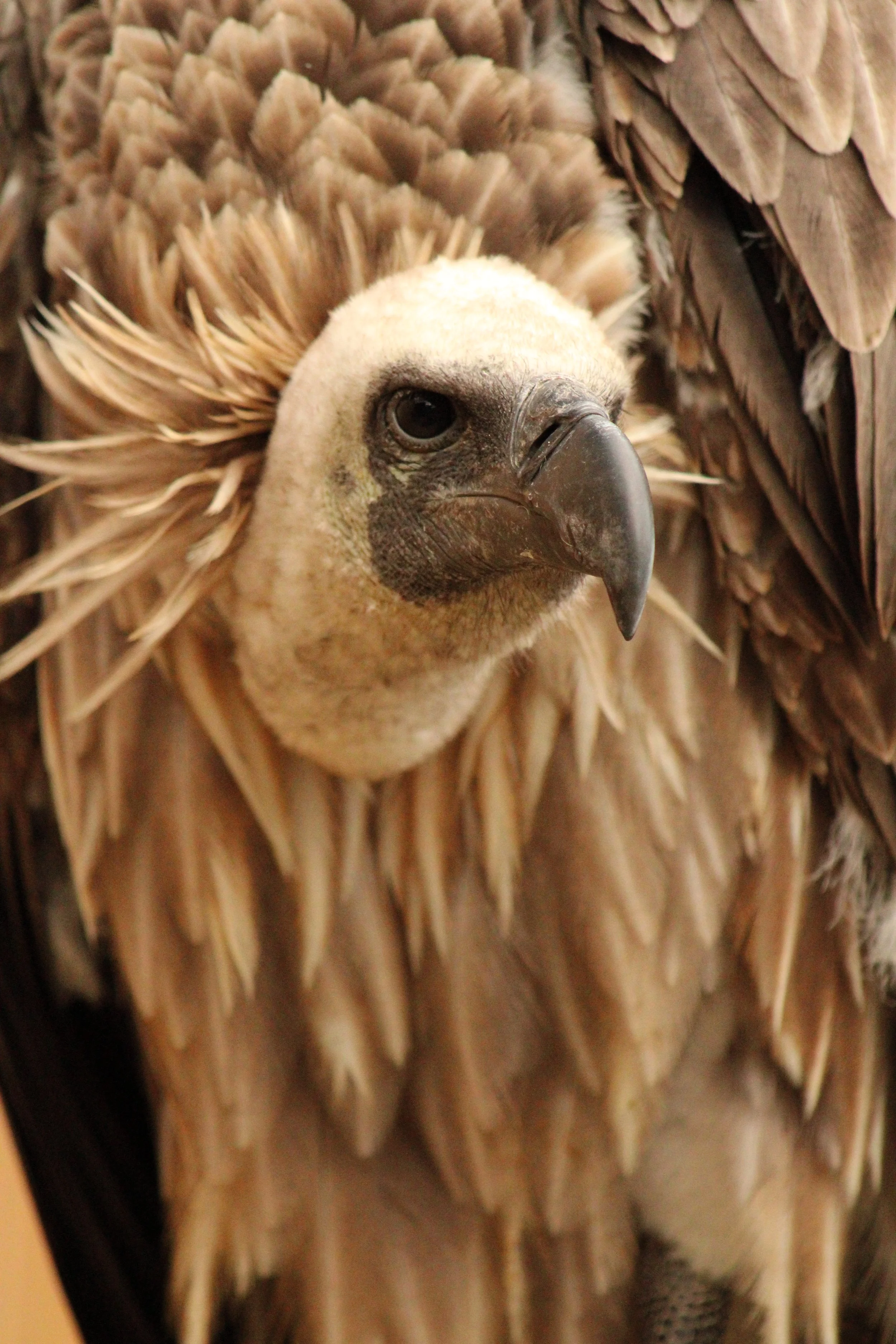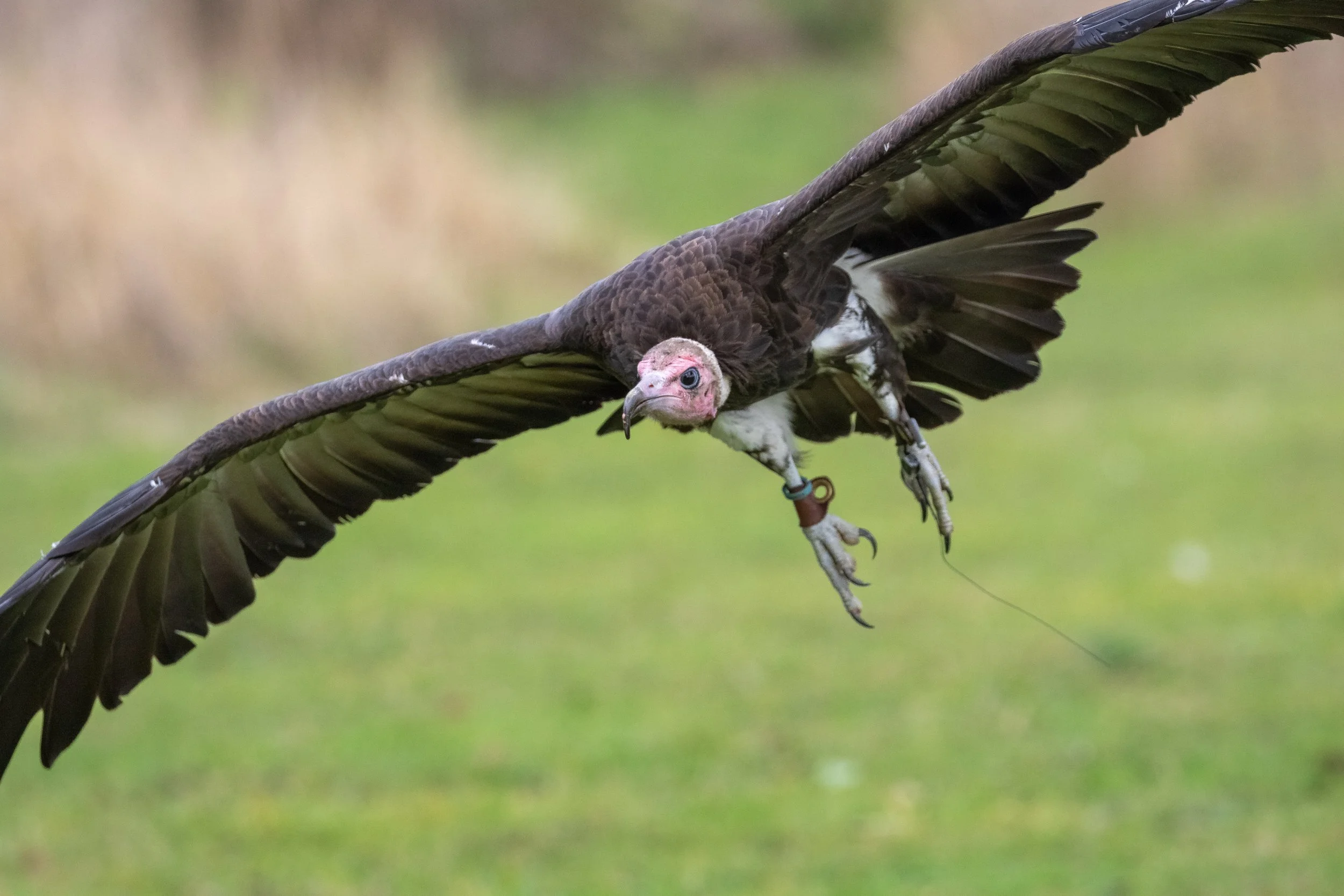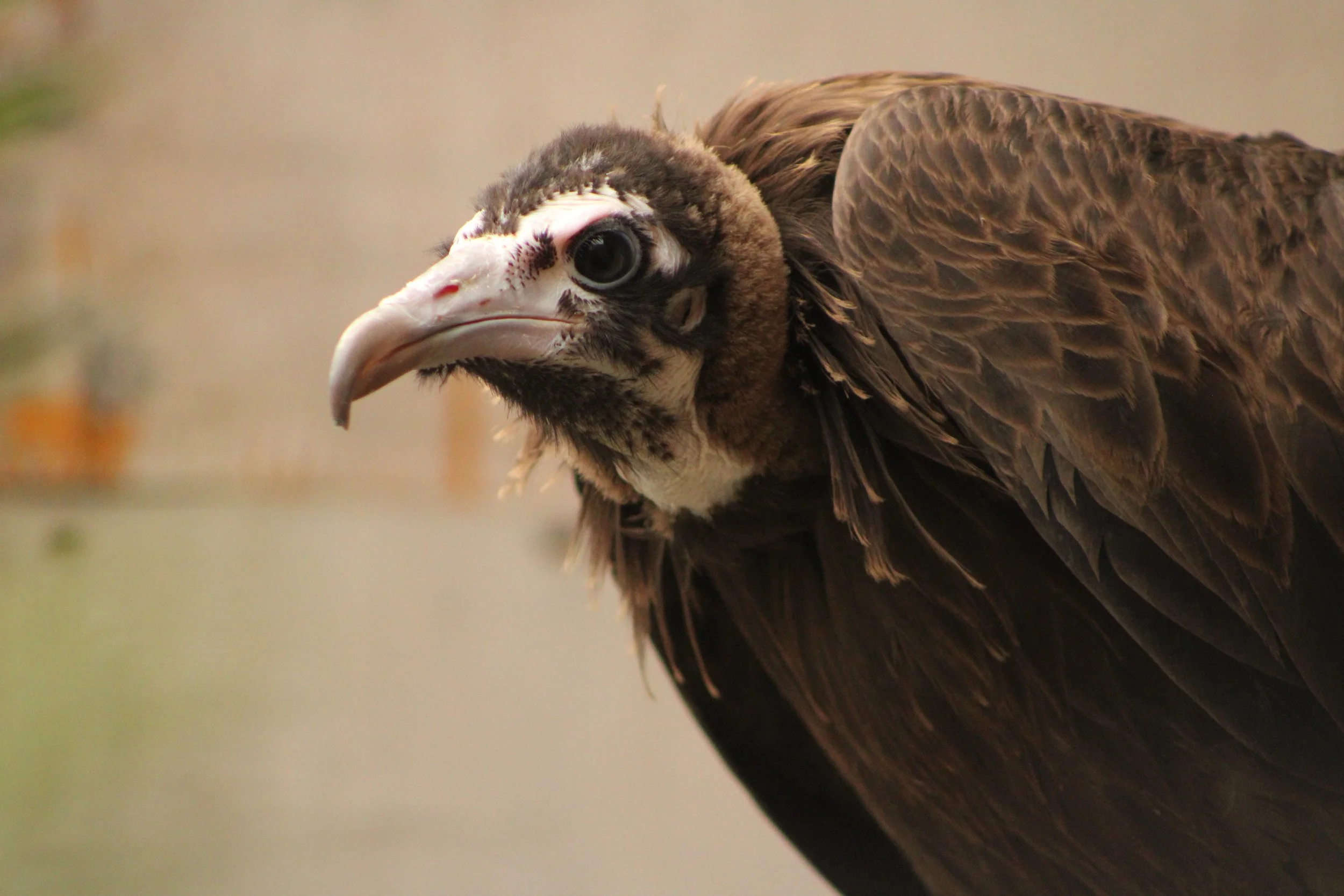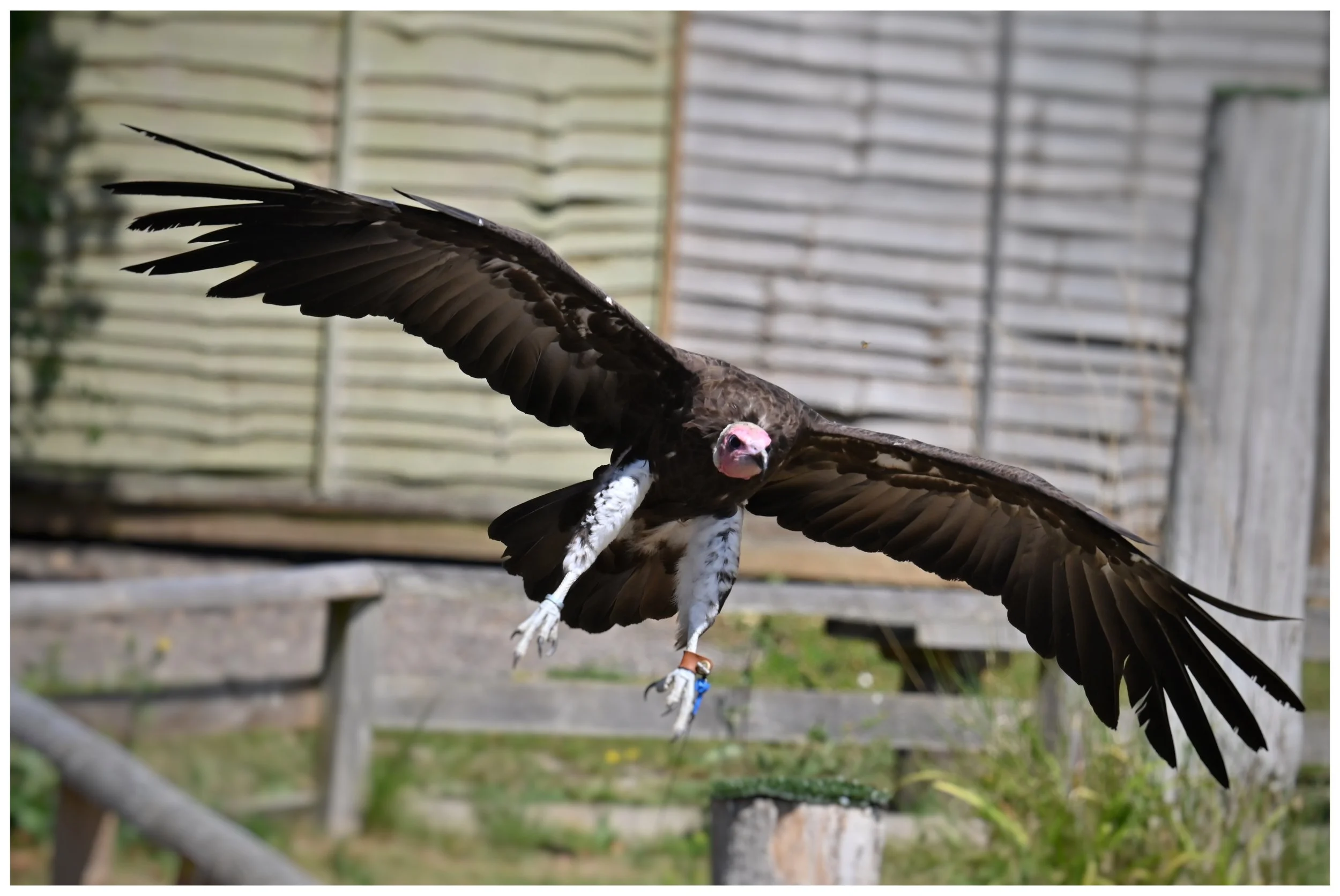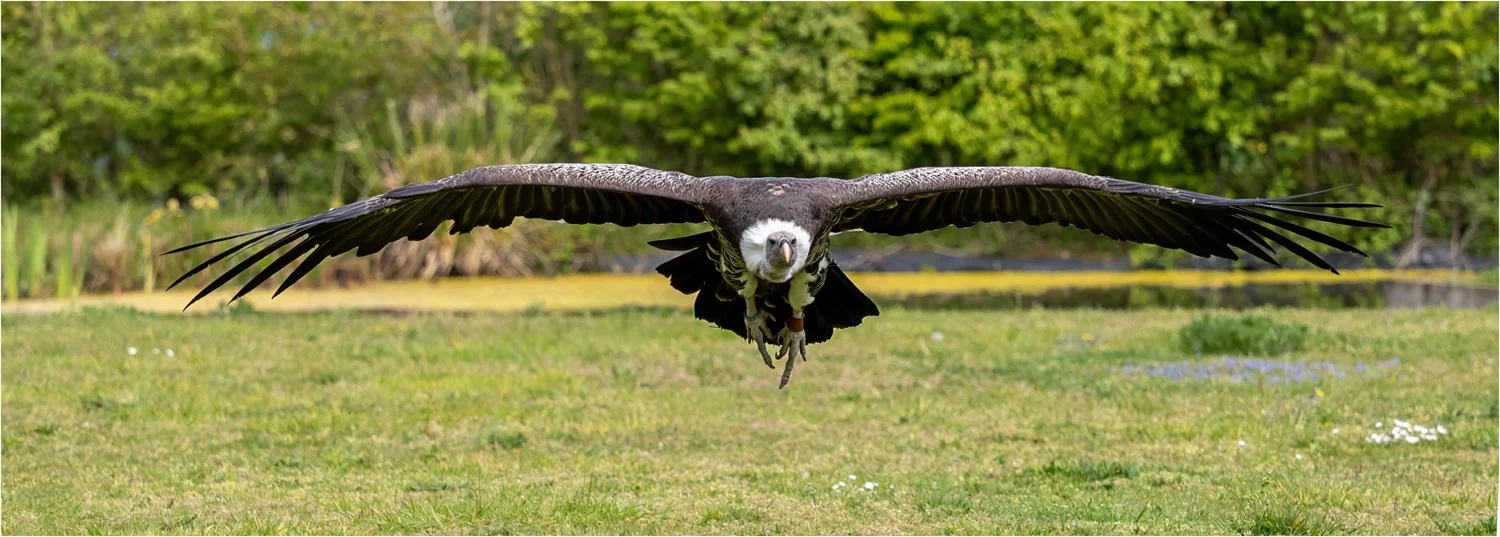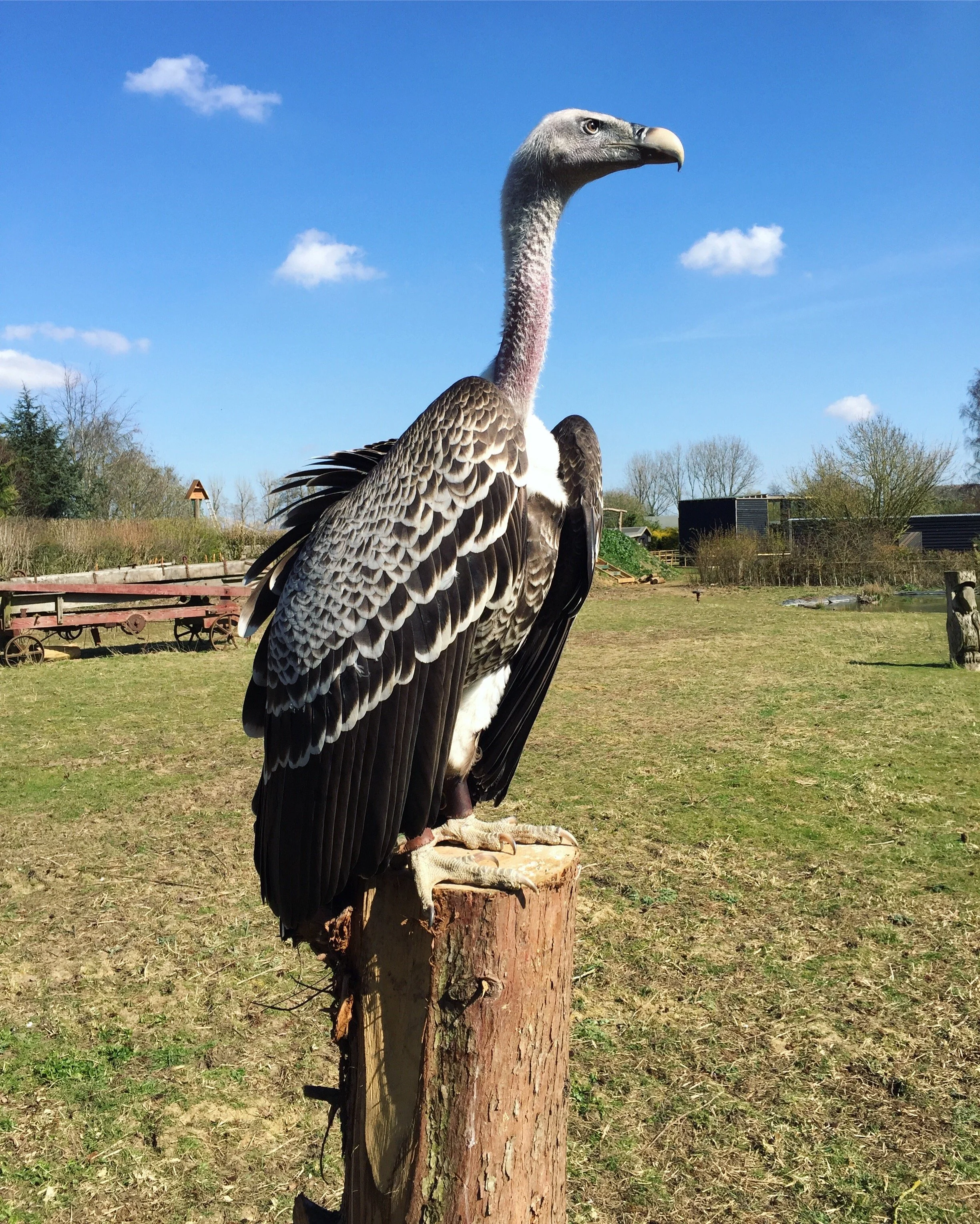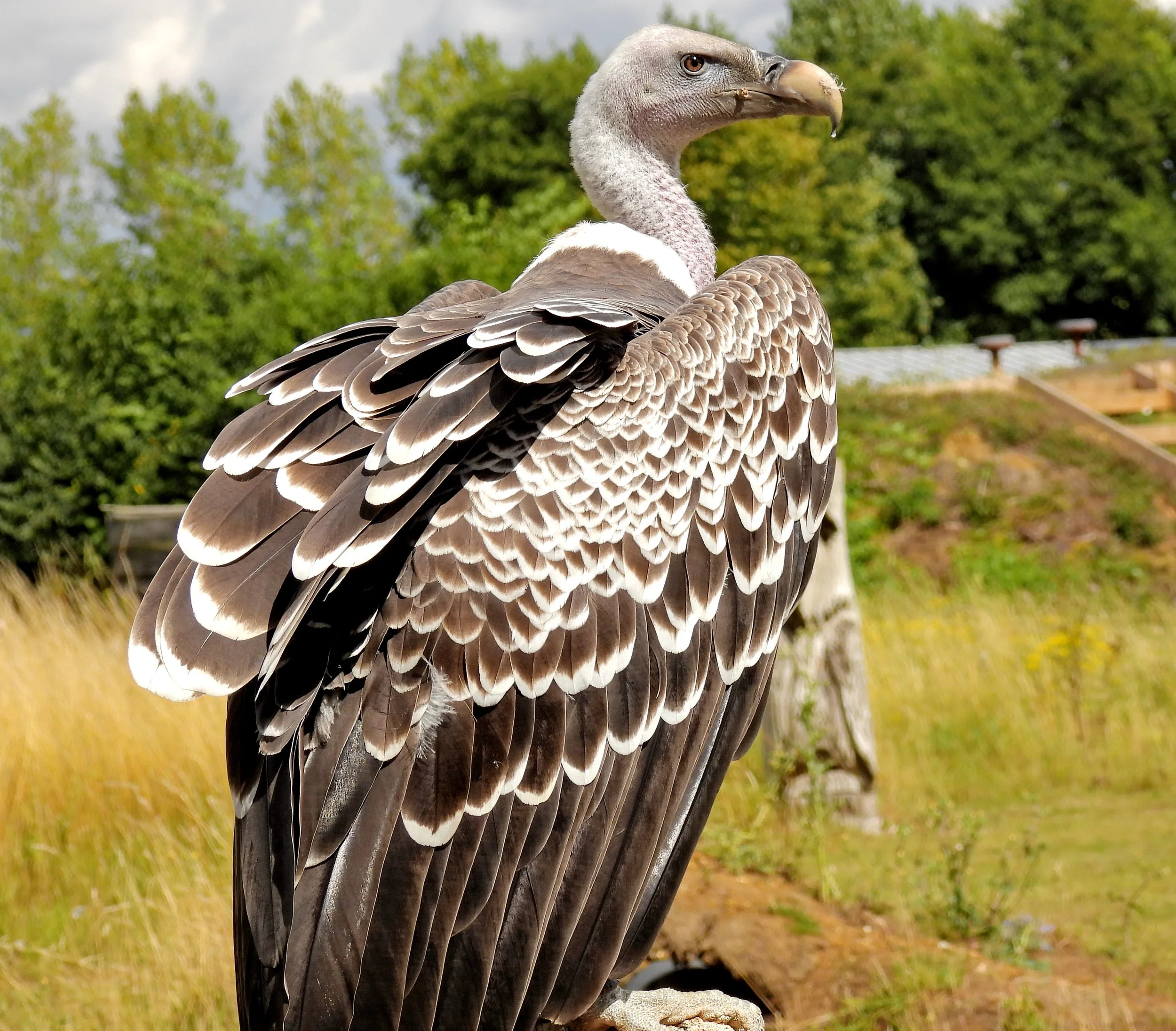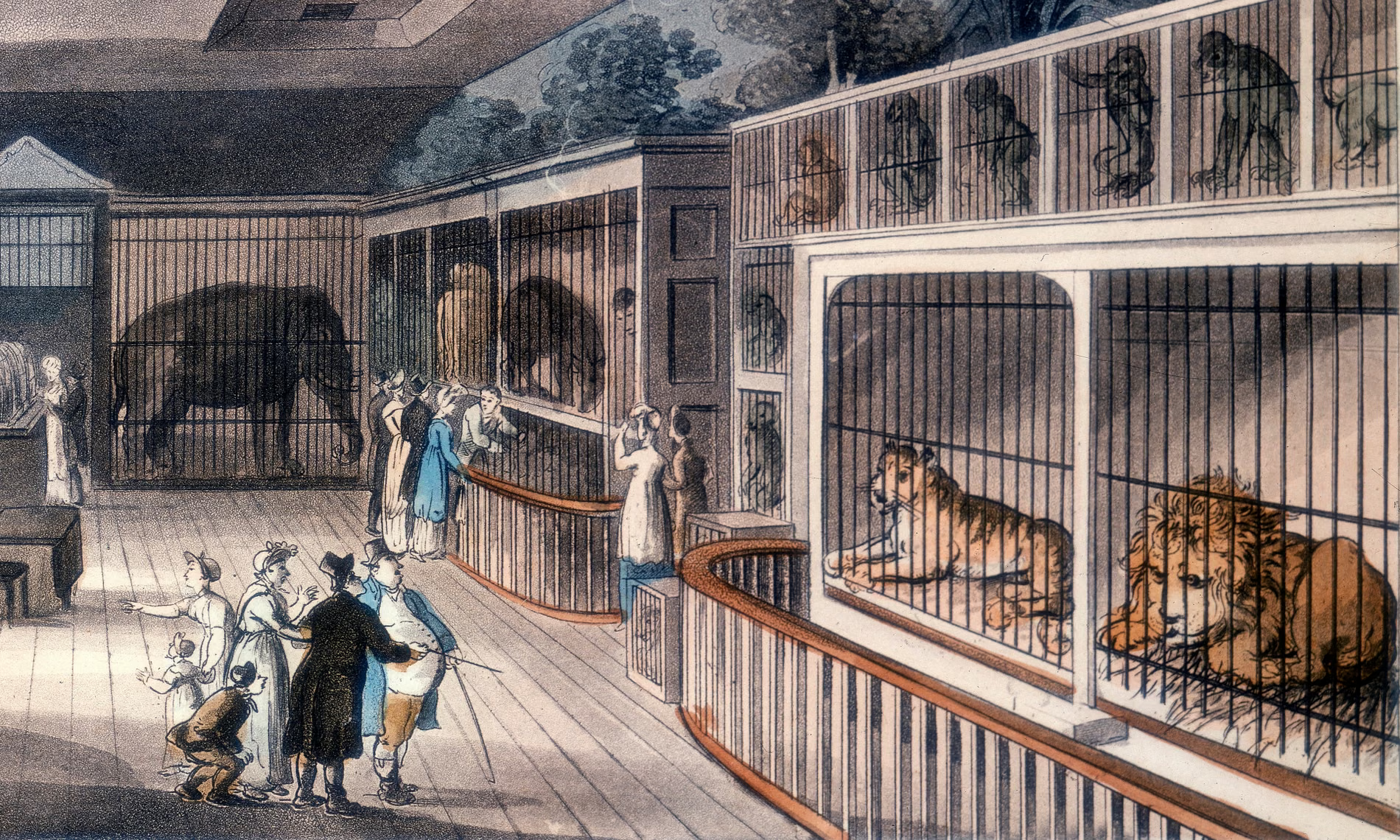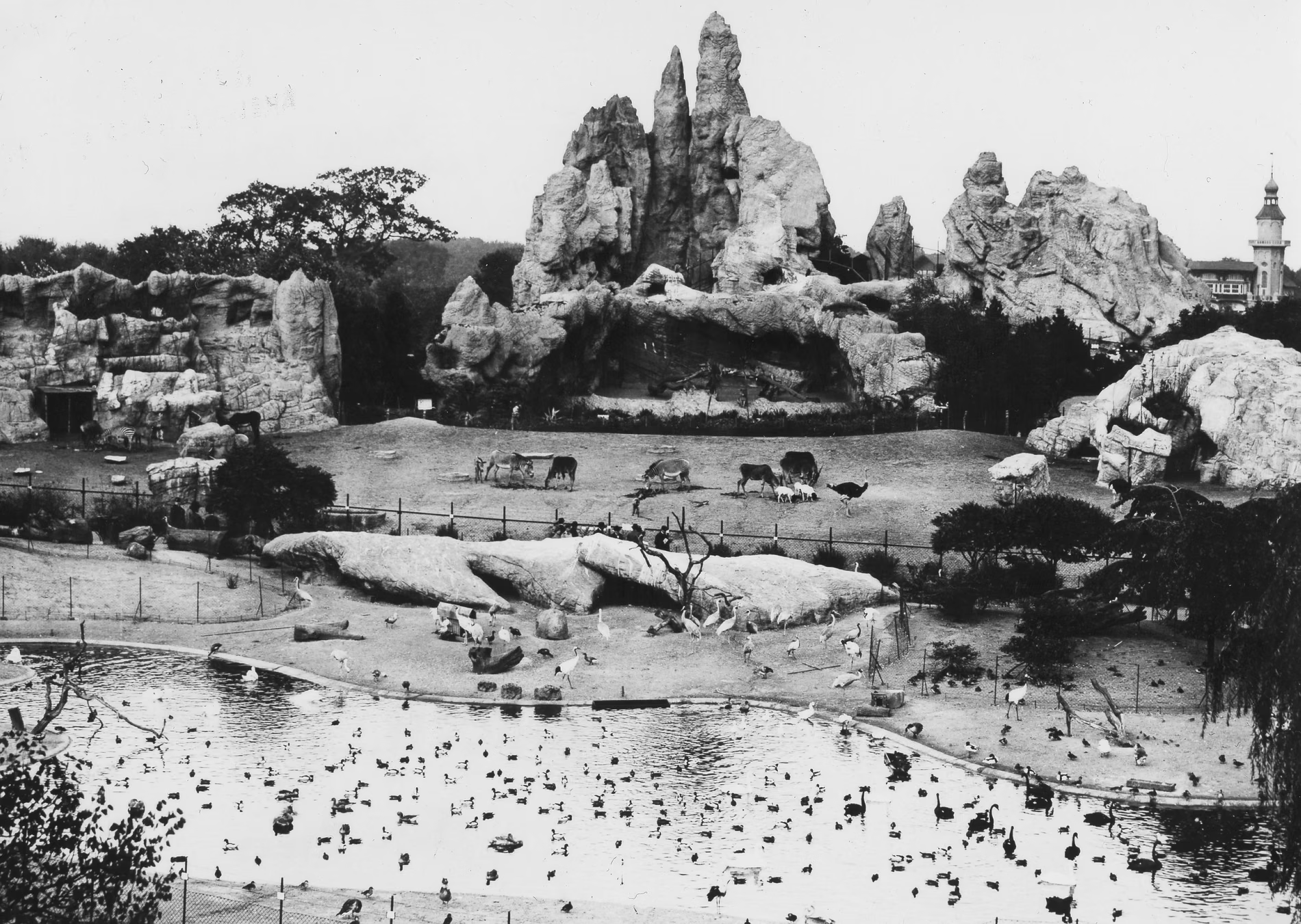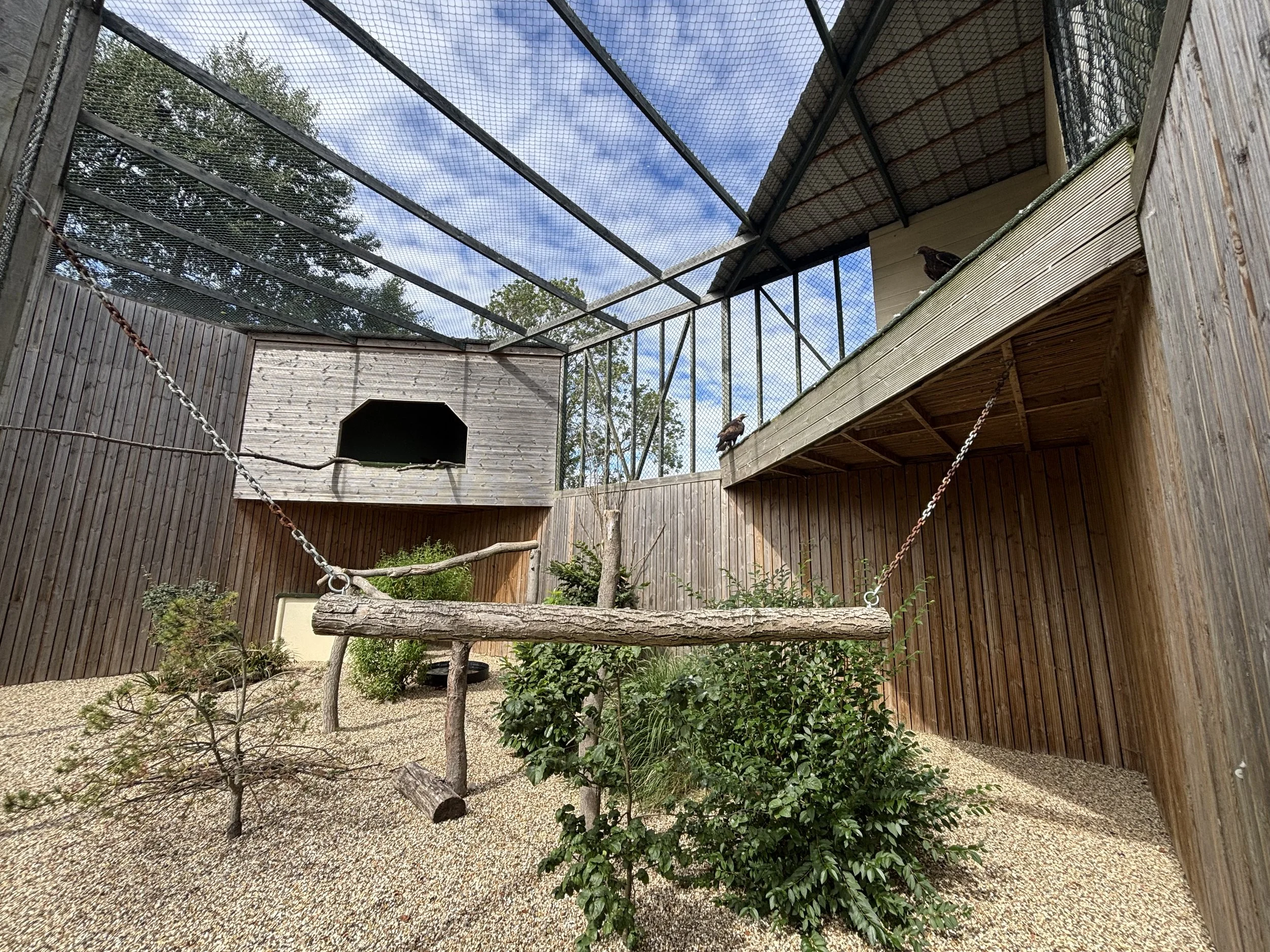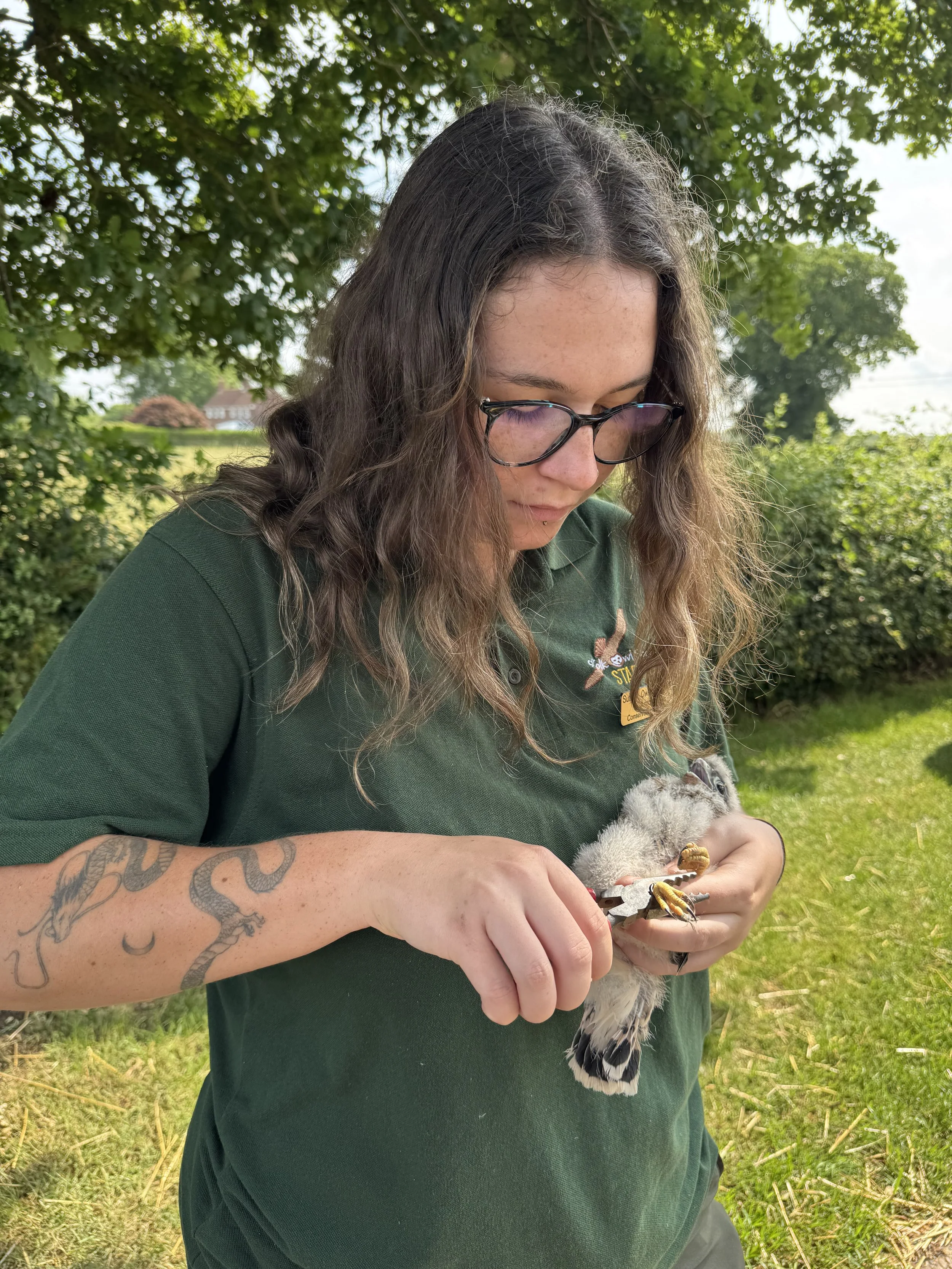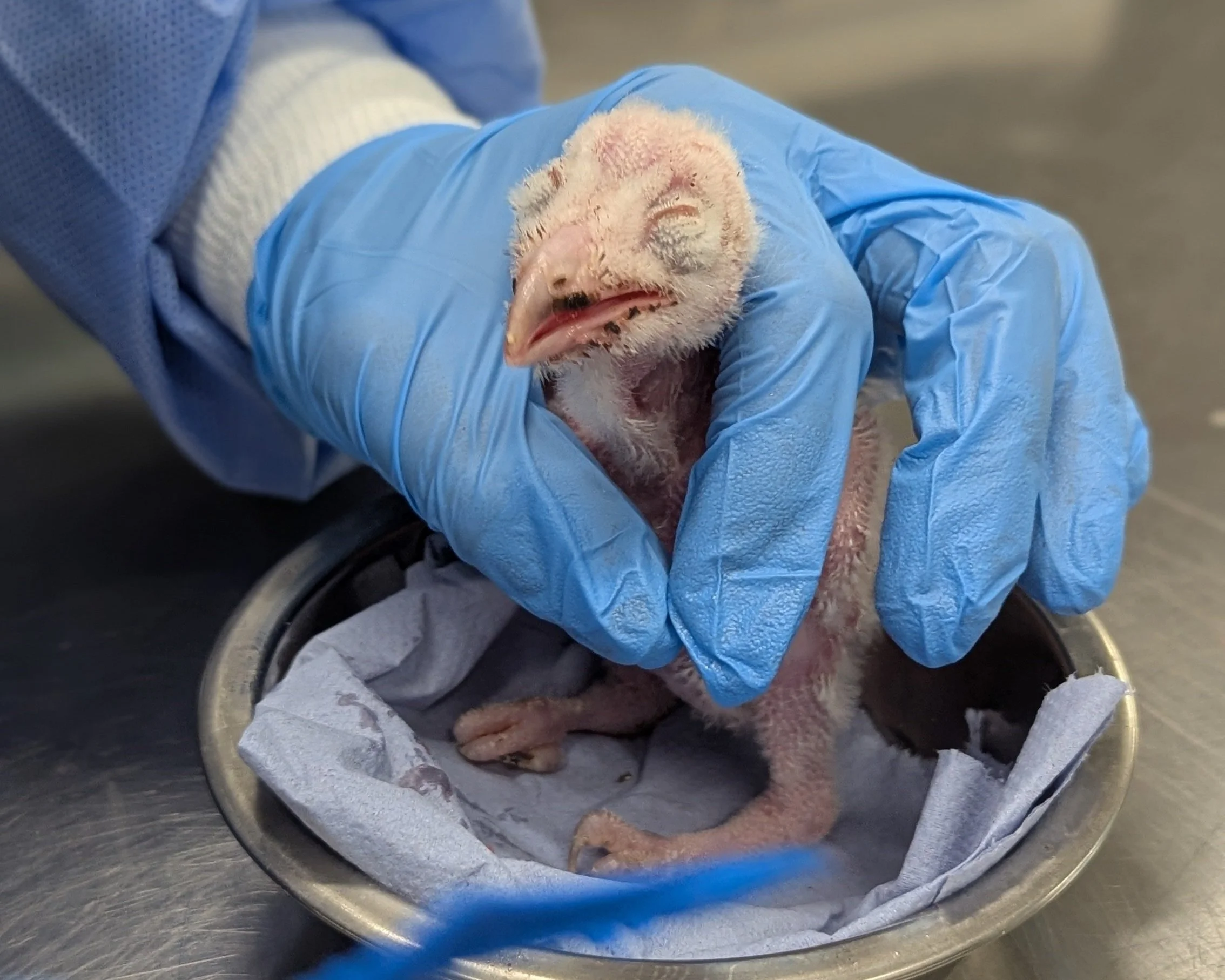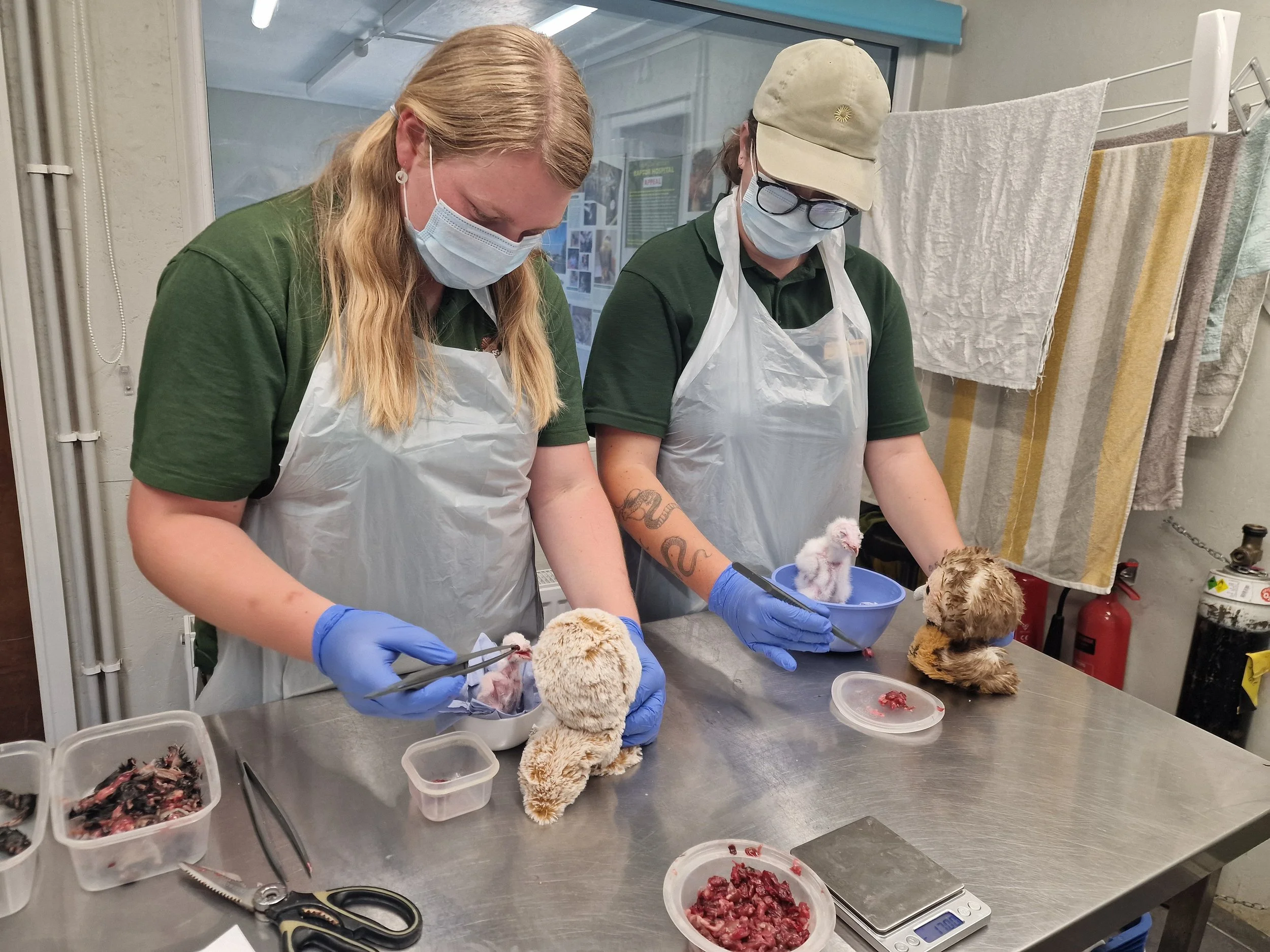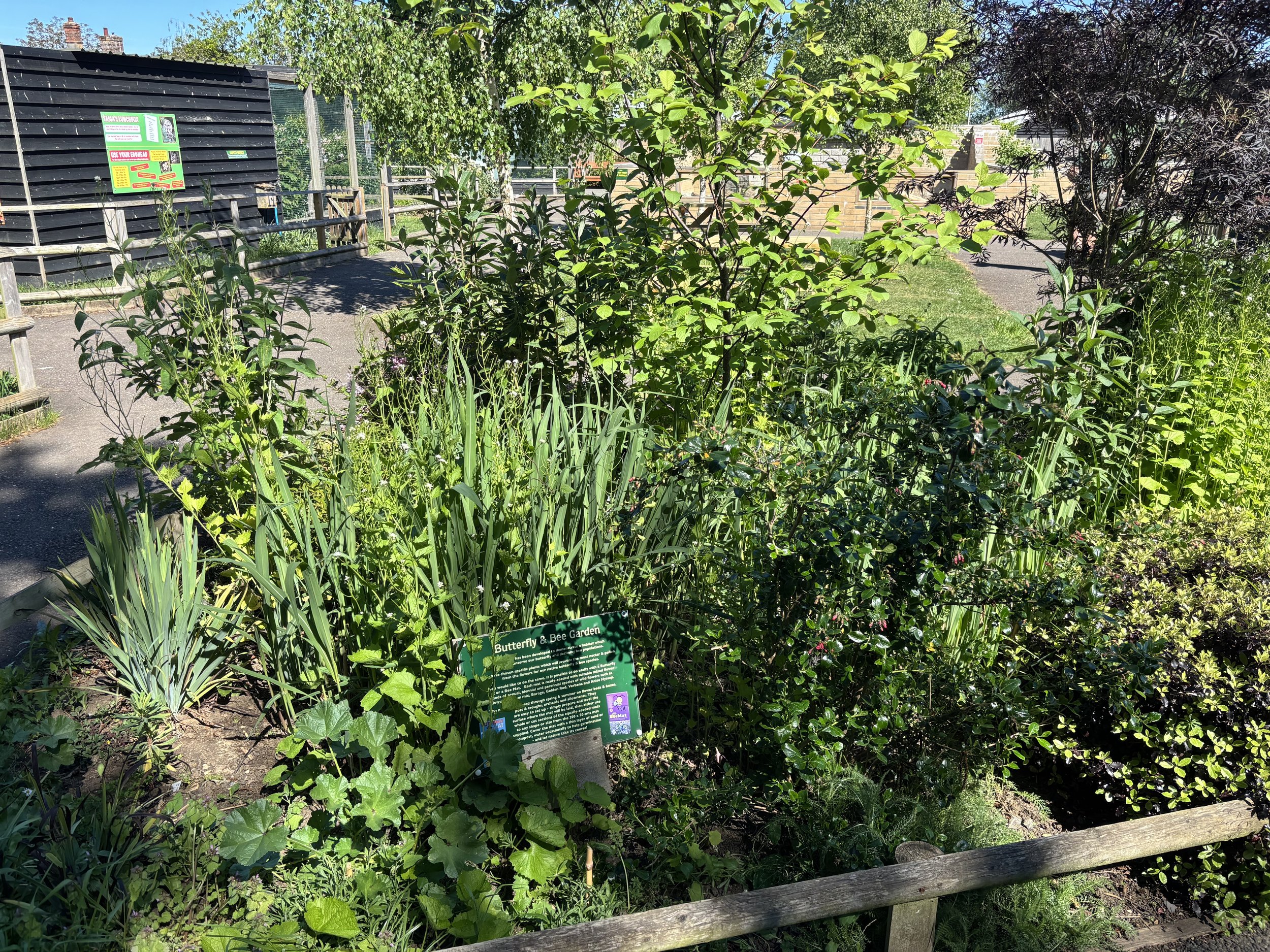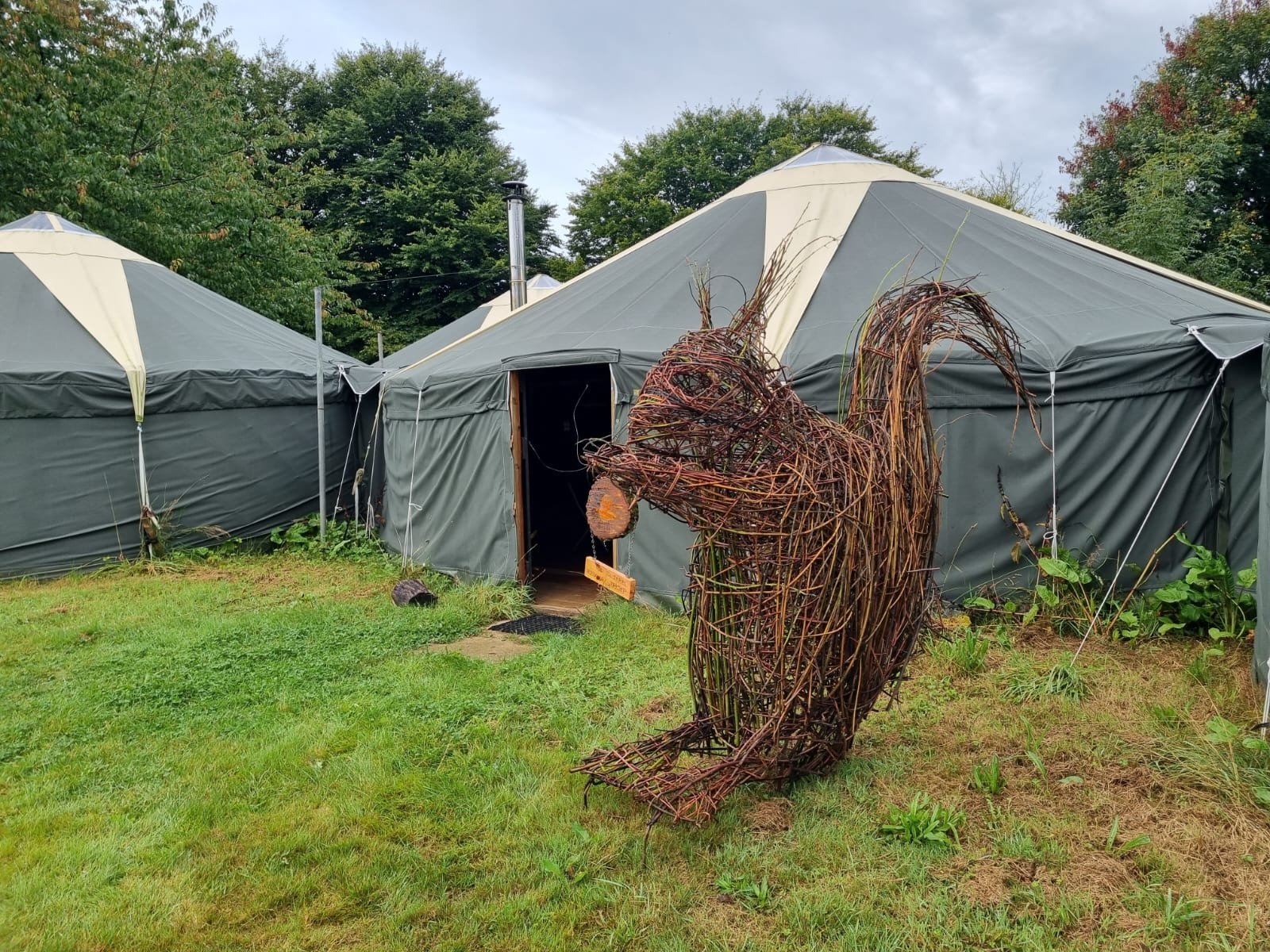National Bird Day is a day to celebrate the beauty, diversity, and importance of our feathered neighbours. At the Suffolk Owl Sanctuary, every day is an opportunity to champion the welfare of birds, especially the owls, raptors, and other species that call our sanctuary home.
What is National Bird Day?
National Bird Day is observed every January 5th to highlight the importance of birds in our ecosystems, raise awareness of the challenges they face, and encourage conservation-minded action.
How it began
The day was established in 2002 by the Avian Welfare Coalition, supported by partners including Born Free USA, to draw attention to bird welfare and inspire better protection of wild and captive birds alike.
National Bird Day is a reminder of the vital role birds play in maintaining healthy ecosystems. Yet across the UK and beyond, many species face threats from habitat loss, climate change, pollution, and human activity.
At Suffolk Owl Sanctuary, we are dedicated to the rescue, rehabilitation, and release of injured wild birds of prey. We also strongly advocate for the highest standards of welfare for all our resident birds, ensuring they receive exceptional care, enrichment, and respect. Through education and outreach, we aim to inspire greater understanding and appreciation of British wildlife.
This National Bird Day, we invite you to:
🦉 Support conservation - create wildlife-friendly spaces, reduce pesticides, or put up nest boxes.
🦅 Visit the sanctuary - meet our resident birds and learn how you can help.
🐦 Celebrate local birdlife - take time outside to observe and appreciate the birds around you.
From all of us at the Suffolk Owl Sanctuary, happy National Bird Day!
✍️ Amber Hanys






